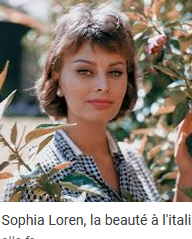
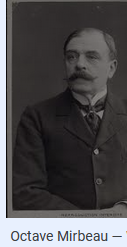
"Everything you see, I owe to spaghetti" (Sophia Loren).
"The sheep go to the slaughter, they say nothing, and they hope for nothing. But, at least, they don't vote for the butcher who will kill them, and for the bourgeois who will eat them. More stupid than the beasts, more sheep-like than the sheep, the voter appoints his butcher and chooses his bourgeois. He has made revolutions to conquer this right. "(O. Mirbeau, 1848-1917).
"I do not answer for having taste, but I have a very sure disgust" (J. Renard).
I will be excused for returning to the question of contemporary art studies illustrating a new "mal du siècle", by quoting two authorities with whom I am in full agreement, at the risk of disappointing you (but no, I am not in permanent dispute). They are in very accessible English for me, so a fortiori for you.
"Some of the excluded studies had interesting points but they do not appear in the award because they exhibited unartistic introductory play. These introductions contained a lot of analysis and many exchanges of material, but none of them were interesting or thematic. I consider such introductions to be a violation of the fundamental principle of economy. In the other genres, composers agonize for weeks to find a way to eliminate a single pawn from their settings. Contrast this with studies where some practitioners add many unnecessary pieces just to make their solutions longer" (R. Becker).

"Possibly some composers are more inclined to do this nowadays because the prejudice against positions with few enough units to be databased generates a perverse incentive against economy of material" (N. Elkies).
Much of the decadence (without grandeur) of modern chess study is in these two sentences. Composers are weighing down and filling in, and selectors and judges are encouraging them to do so by downgrading works that might have come from tablebases. And I and I and I (copyright Jacques Dutronc, thank you Françoise), who am a modest composer, but systematically refuse to make my little creations heavier, how many times have I seen them refused, how many times have I seen them badly scored? By the way, don't miss the forthcoming opening, on your favourite site, of a new section: moï etyudy (in homage to V. Smyslov), a selection of my little finds over the last 40 years.
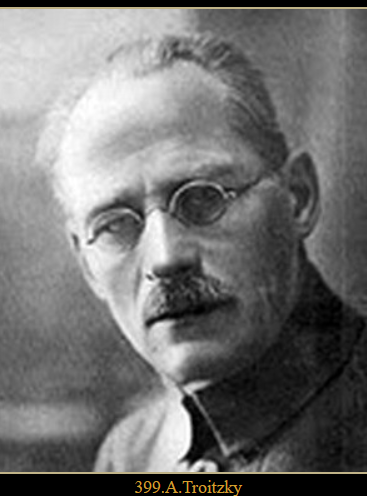 Two remarks, however, without which you would no longer recognise me: among other criticisms, let us note the inadmissible habit (even among the greatest composers) of deciding that the "main variation" is the one that leads to a nice mate (or stalemate) whereas a defence unduly qualified as "secondary" leads to a Q/B+N, Q/2N, R+B+N/R+B or 2B/N ending that they are obviously incapable of understanding. And, sorry to repeat, but it seems to me that the number of incompetent judges, albeit sometimes excellent composers, seem to be growing every year. Fortunately, as our prestigious Swiss guest sums up superbly: beauty has no price.
Two remarks, however, without which you would no longer recognise me: among other criticisms, let us note the inadmissible habit (even among the greatest composers) of deciding that the "main variation" is the one that leads to a nice mate (or stalemate) whereas a defence unduly qualified as "secondary" leads to a Q/B+N, Q/2N, R+B+N/R+B or 2B/N ending that they are obviously incapable of understanding. And, sorry to repeat, but it seems to me that the number of incompetent judges, albeit sometimes excellent composers, seem to be growing every year. Fortunately, as our prestigious Swiss guest sums up superbly: beauty has no price.
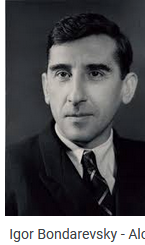
The four traditional exercises seem to have been appreciated (long live the woodcutter Troïtzky!). Then an ideal study for a resolution competition. This is probably the reason why it was never proposed, although it was composed by two German speakers like the calamitous "Monsieur Haïdème". A struggle of conjugated squares; it is not however a pawn endgame, but a rook locked against a bishop which is not. And a little rest with also a question of the right squares.
Two exercises for the next session, a ballet where 10 moves in a row by the Knight are needed to block a dangerous pawn (the 4th being the most surprising), then a Georgian mate network with Queen and Knight against similar material.
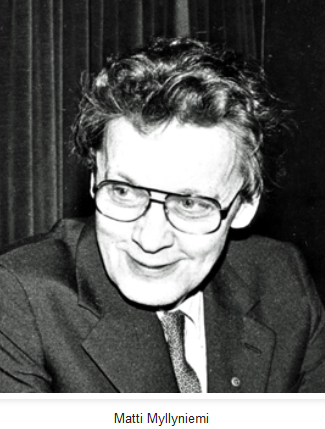
In the last course, I noted the propensity of the cybernetic monsters to be jealous. But their desire for rivalry does not stop at beautiful combinations of games. Now they are jealous of the study composers (the real ones). In our selection of the day, they create a reciprocal zugzwang in the middle of the game, with only heavy pieces, which does not mean clumsy. The "g" file will be featured, with various echoes: h3! Tg3!... Let us recall in passing the role of Igor Zaïtsev (without whom Karpov would have had more difficulty in becoming world champion) in the analyses, several decades before the appearance of monsters.
In fairytale, a new Slovakian genre that had put me off in the past, but I was won over by an interpretation by a Finnish author with whom I had toasted at a European championship (already) 9 years ago. As it is also a selfmate, some have felt that there were a few too many negations of negations! You be the judge.
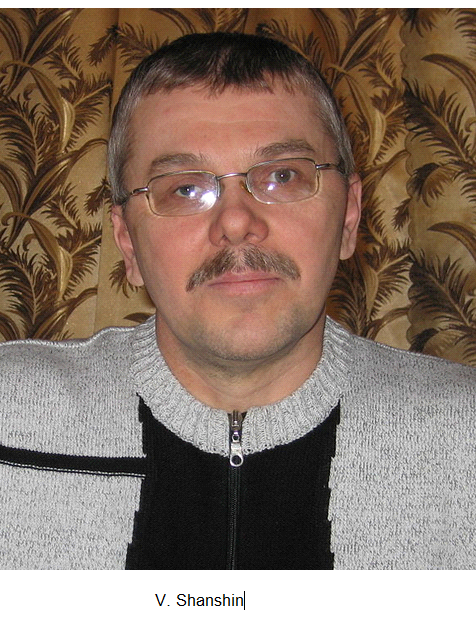
Usual practice with the Marjan 2#, of which only the 4th (Russian) seems to me to be difficult, though some of the others can be thought-provoking. The 3# are very varied, the first is perhaps the easiest, but not the least spectacular. Two 4#'s also very dissimilar, then two nice longer strategies (Austrian & German). The first one helpmate (French) is very original, don't miss the twin. The 3rd (also French) illustrates a theme with which this course is familiar (remember that in a 3.5# helpmate, White starts, he mates on his 4th move). A wealth of variations (no less than 8) in the 3# selfmate, proposed at the 2017 Russian Championship.
Good fun. See you at the end of March or in April. Deus vos custodiat.
Comments
1 alain On Saturday, january 11, 2020